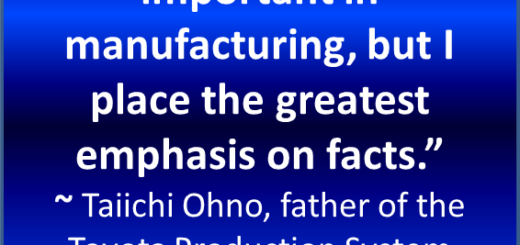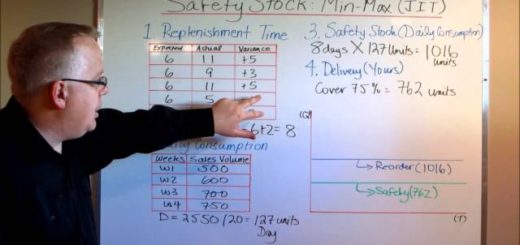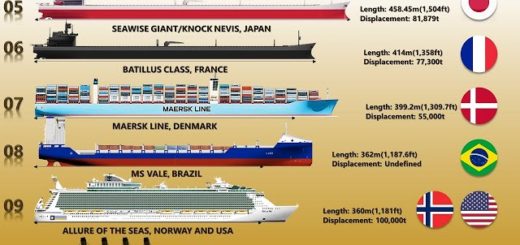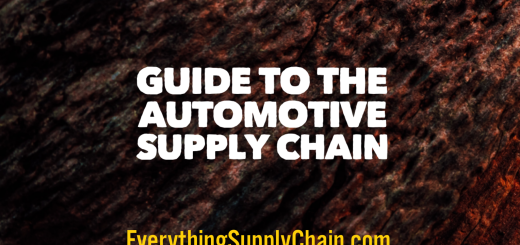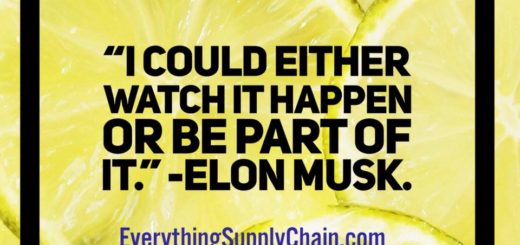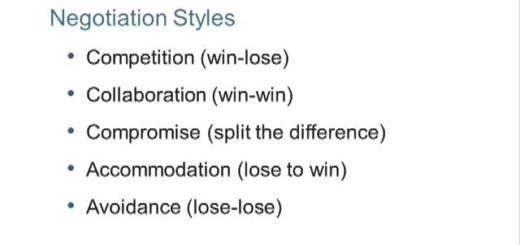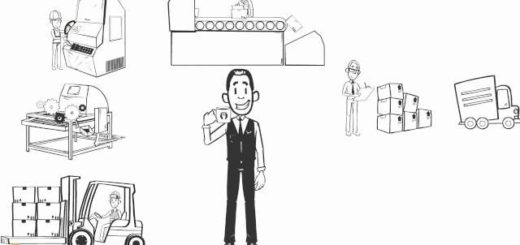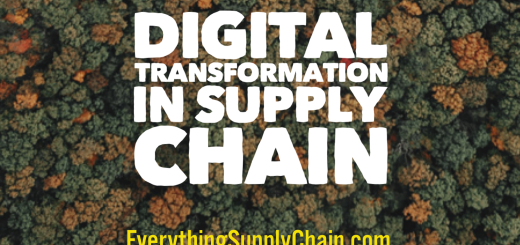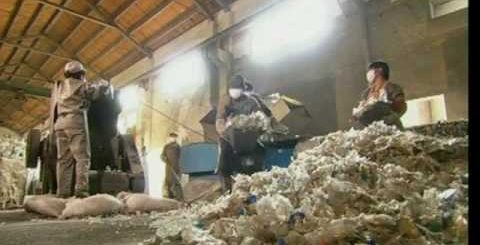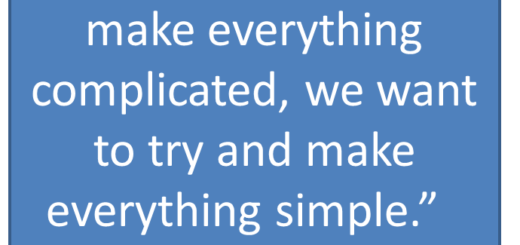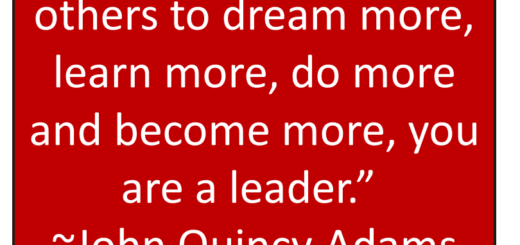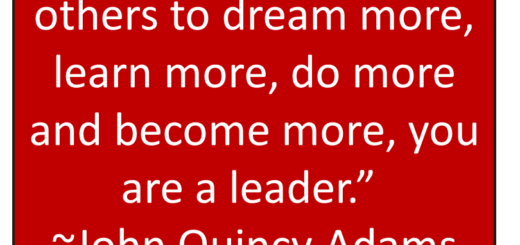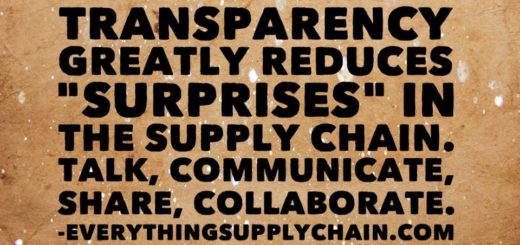How it’s made – bacon. How does bacon get on your table?
How it’s made – bacon. How does bacon get on your table?
Bacon is made from pork belly, which is a cut of meat from the belly of the pig. The process of making bacon can vary depending on the recipe and method used, but generally includes the following steps:
- Curing: The pork belly is first cured in a mixture of salt, sugar, and other seasonings. The curing process can be done through dry curing or wet curing. The dry curing process involves rubbing the meat with a dry mixture of salt, sugar, and spices, while the wet curing process involves soaking the meat in a brine solution. The curing process can take anywhere from a few days to several weeks.
- Smoking: After curing, the pork belly is then cold-smoked to give it its characteristic smoky flavor. The smoking process can be done using different types of wood, such as hickory, applewood, or mesquite.
- Drying: After smoking, the bacon is then hung to dry for several days to allow the flavors to develop and the meat to become firm.
- Slicing: After drying, the bacon is then sliced into thin strips.
- Packaging: The bacon is then packaged and can be sold as-is or further processed.
Some bacon recipes may include additional ingredients such as maple syrup, brown sugar, or various spices. Some bacon can be aged for several weeks up to months to develop more complex flavors. The meat is then sliced, packaged and can be sold as-is or further processed.
It’s worth noting that different countries have different regulations and methods for making bacon, some countries may have different curing and smoking methods.
More videos on how things are made:
- Bubble Gum – How It’s Made.
- Ferrari – Putting together a Ferrari.
- Frozen PizzasHow frozen pizzas are made.
- Glass Bottles – Manufacturing process glass bottles.
- Hot Dogs – How hot dogs are made.
- Orange Juice – How Orange Juice is Made.
- Rope – How rope is made.
- Skittles – How Skittles Are Made.
- Soap Bars – Manufacturing process of soap bars.
- Tequila – The process of making Tequila.
Manufacturing Quotes
- “If we reduce batch sizes by half, we also reduce by half the time it will take to process a batch. That means we reduce queue and wait by half as well. Reduce those by half, and we reduce by about half the total time parts spend in the plant. Reduce the time parts spend in the plant and our total lead time condenses. And with faster turn-around on orders, customers get their orders faster.” ~ Eliyahu Goldratt, author of The Goal
- “Quality is free. It’s not a gift, but it’s free. The ‘unquality’ things are what cost money.” ~Phil Crosby
- “Eighty-five percent of the reasons for failure are deficiencies in the systems and process rather than the employee. The role of management is to change the process rather than badgering individuals to do better.” ~ W. Edwards Deming
- “A relentless barrage of ‘why’s’ is the best way to prepare your mind to pierce the clouded veil of thinking caused by the status quo. Use it often.” ~ Shigeo Shingo
- “Why not make the work easier and more interesting so that people do not have to sweat? The Toyota style is not to create results by working hard. It is a system that says there is no limit to people’s creativity. People don’t go to Toyota to ‘work’ they go there to ‘think’” ~ Taiichi Ohno, father of the Toyota Production System
- “Almost all quality improvement comes via simplification of design, manufacturing, layout, processes, and procedures.” ~Tom Peters
- “If you can’t describe what you are doing as a process, you don’t know what you’re doing.” ~W. Edwards Deming
- “An hour saved at the non-bottleneck is a mirage.” ~ Eliyahu M. Goldratt, The Goal
- “For much of Toyota’s history, we have ensured the quality and reliability of our vehicles by placing a device called an andon cord on every production line – and empowering any team member to halt production if there’s an assembly problem. Only when the problem is resolved does the line begin to move again.” ~Akio Toyoda, CEO Toyota Motor Company
